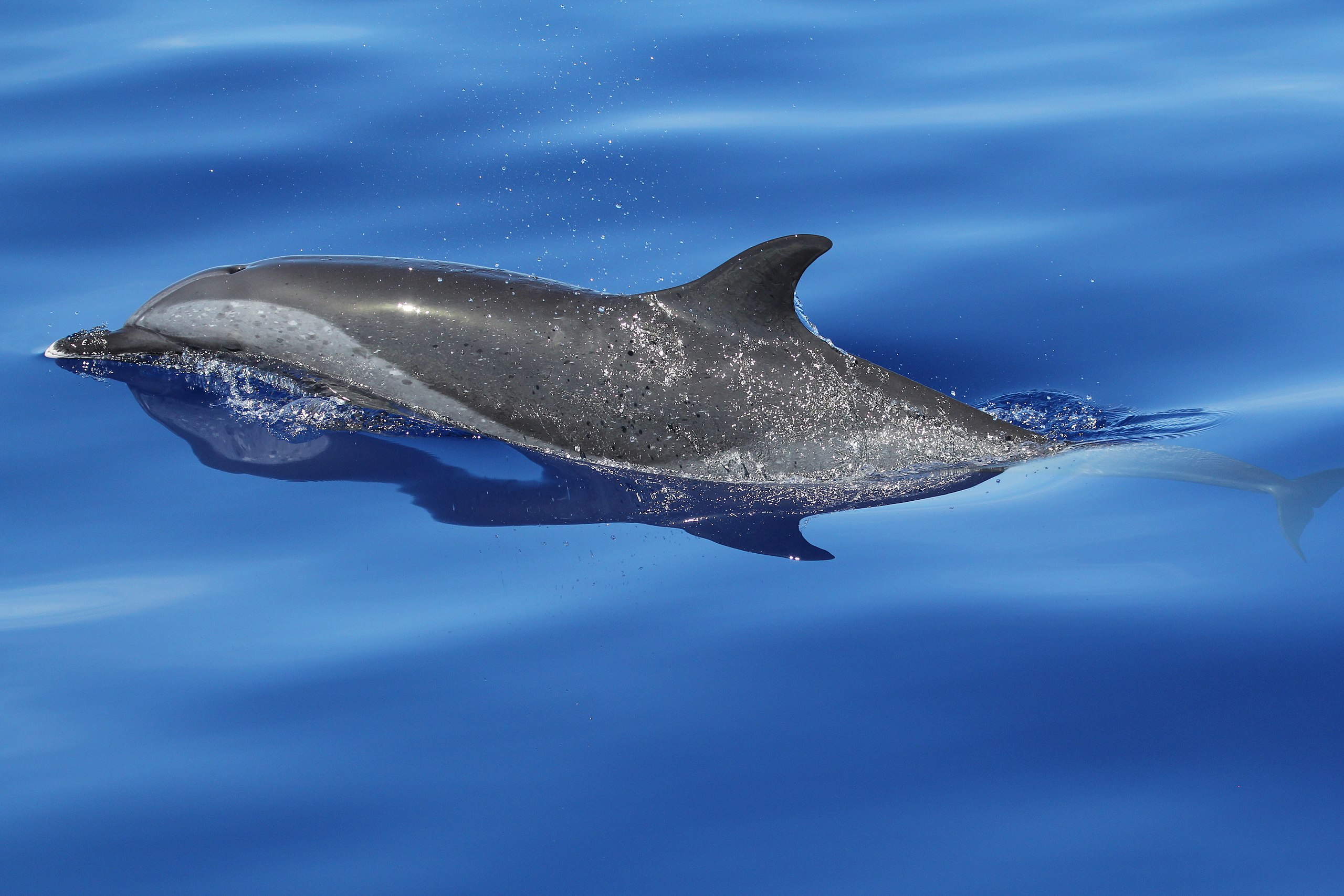
Pantropical spotted dolphin
The pantropical spotted dolphin is a species of dolphin found in all the world’s temperate and tropical oceans.
The rise of so called, “Dolphin friendly” tuna capture (in the1980s), is thought to have saved millions of this species, in the eastern pacific. This species was first described by John Gray in 1846. Gray’s initial analysis included the Atlantic spotted dolphin in this species. They are now regarded as separate. Both the genus and specific names come from Latin words meaning thin or thinning.
Two subspecies of the pantropical spotted dolphin are recognized, (Another unnamed subspecies, which inhabits inland Hawaiian waters, was recognized in Rice (1998)’s overview of marine mammal taxonomy, its unclear why this has not been fully recognized)
S. a. attenuata or offshore pantropical spotted dolphin, found worldwide in tropical waters
S. a. graffmani or coastal pantropical spotted dolphin, found in coastal waters in the eastern tropical Pacific.
The pantropical spotted dolphin regularly making large, splashy leaps from the sea. It is a common Whale surfacing behaviour and will often clear the water for a second or more. Bow-riding and other play with boats is common. In the eastern Pacific, they often swim with yellow fin tuna (causing the problem with dolphin deaths caused by tuna fishing, though they do not eat them). In fact, the two species have similar diets of small epipelagic fish. In other areas, the species may also feed on squid and crustaceans.
